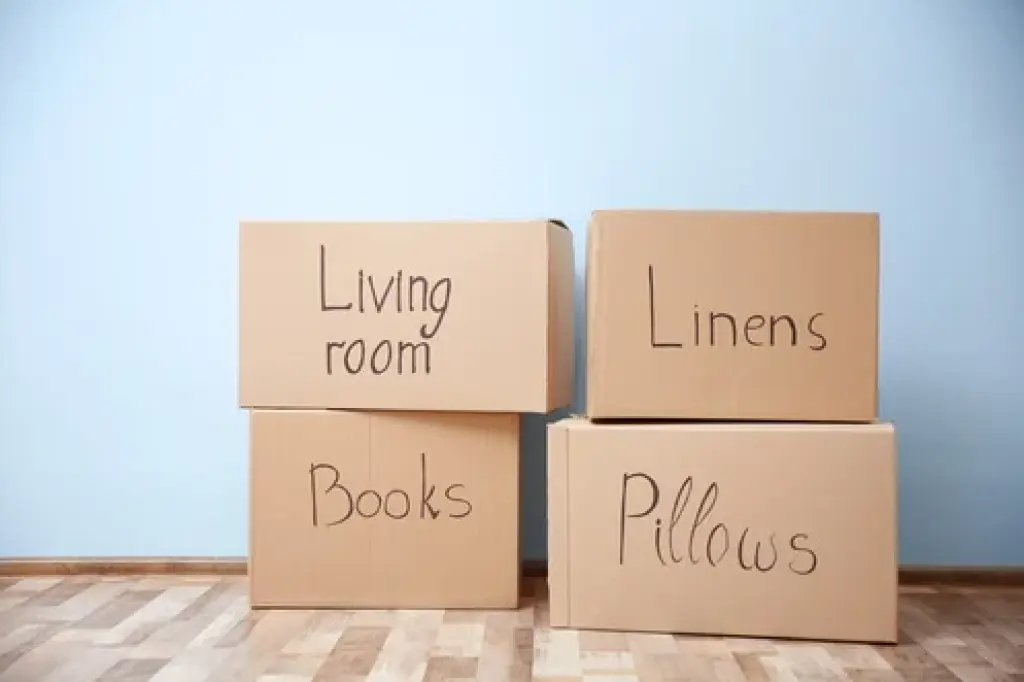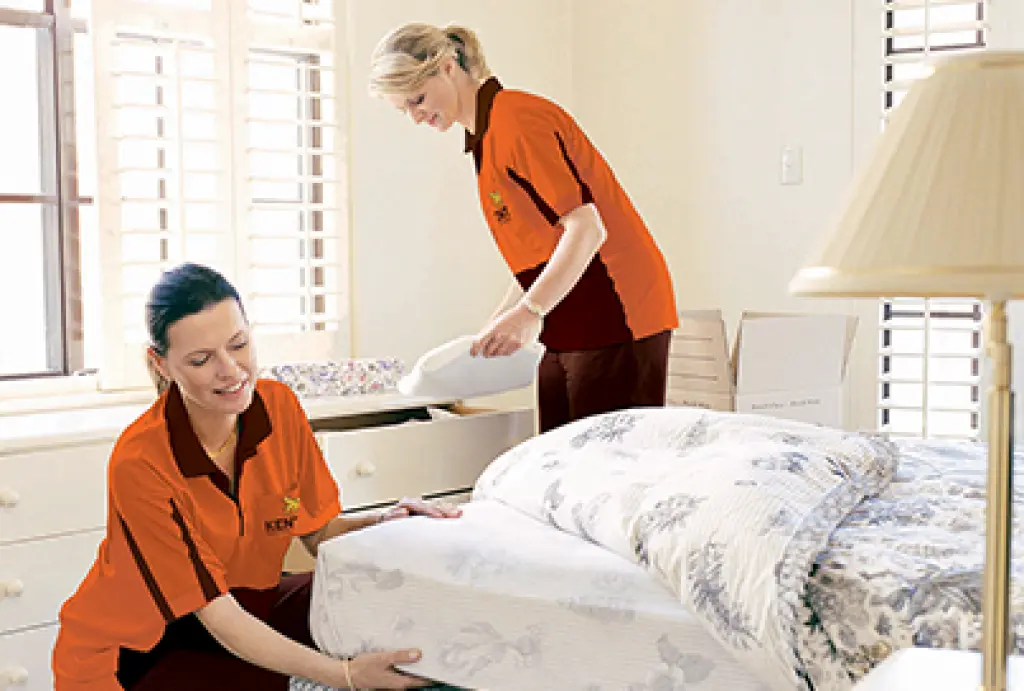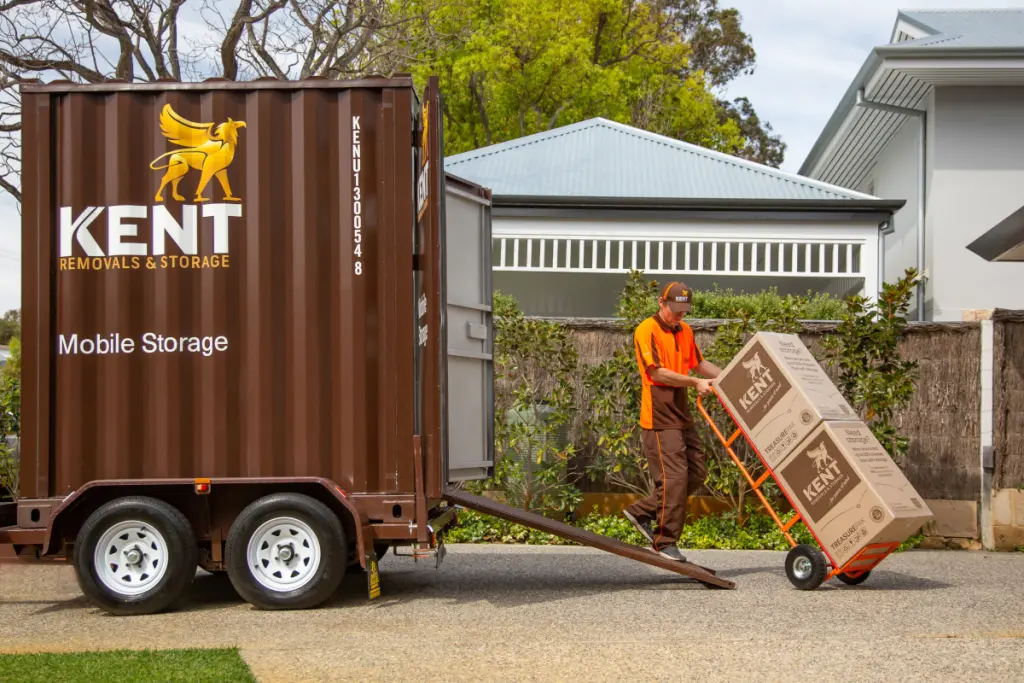For expats relocating with children, finding quality education and childcare providers is a priority. You need the peace of mind of knowing that your children are in safe hands and that their education won’t suffer as a result of your move.
Luckily, the US offers fantastic education and childcare options, and here’s a guide to make things a little easier.
Education in the USA
Given the size and diversity of America, education does vary throughout the country. Here are general facts about the American education system that you should be aware of:
School is compulsory between the age of 5 and 16 in most states
Education is usually divided into three levels, not including early childhood learning. These levels are:
Elementary School: Children begin elementary school at about 5 or 6, with the first year usually referred to as kindergarten. As in Australia, children typically remain in the same classroom throughout the day, with most subjects being taught by the same teacher. Elementary school lasts until the fifth grade, which children complete when they are 11 or 12
Middle or Junior High: At this point, children begin taking ‘elective’ subjects and moving between different classrooms. This is a stage where independence is focussed on, and children attend this form of schooling between the sixth and eighth grade
High School: This stage lasts for four years, including grades nine, ten, eleven and twelve. This is the equivalent to senior school in Australia, where students are prepared for final exams and entry into further study.
Education regulations and curriculums are usually set at a state level, with the Federal Government having little control or input. It is important you research regulations in the state or school district where you are moving to gain an insight into learning outcomes
The academic year is broken up into two semesters, with the autumn term lasting from September to December, and the spring term running from January to May.
Types of Schools in the USA
Schools in America are similar to schools in Australia, with both public, private and international schools available:
Public Schools: As in Australia, public schools are funded by the government rather than school fees. However, the main source of funding is via property taxes levied in each area, so the standard of education can vary wildly between wealthy and disadvantaged areas. Public schools are also subject to zoning restrictions, so make sure you live in a place that gives you access to good schools if you are going to enrol in the public system
Private Schools: Private schools do offer a higher standard of education than public schools, given that the public school system in the US isn’t as strong as it is in other countries. Private schools also have more control over what they teach, and the fees parents pay allow for the provision of better facilities and resources. Private schools aren’t subject to zoning restrictions
International Schools: The 1,800 international schools in the US are primarily located in larger cities, with the most being located in Los Angeles, New York, Boston and Washington. These schools prepare students for the International Baccalaureate examination and diploma, qualifying graduates for entry to universities outside the United States. You can find an IB school in your area here, but be aware the fees are expensive, and waiting lists can be long.
Childcare in the US
Daycare and pre-school are the most common forms of education and childcare for toddler aged children. Daycares are focused on social interaction, while pre-schools focus on educational outcomes. Local churches, as well as YMCAs and YWCAs, offer these programs and they can be quite affordable.
Dedicated daycare centres are available, and they contain well-trained staff and excellent facilities, although, they tend to be expensive and hard to enrol in due to demand. If you’re looking for a more affordable option, you should consider at-home care in the form of a nanny or an au-pair. Both of these options also give you the convenience of having your child looked after and transported outside of regular business hours.
If you are planning on moving with family read our guide on transportation & housing, working USA. Or if you are just an avid traveller exploring the nature and the concrete skyscrapers read our top 5 things to know when in America.
If you’d like any further information about USA, or the relocation process, don’t hesitate to get in touch with our friendly international removals team.







